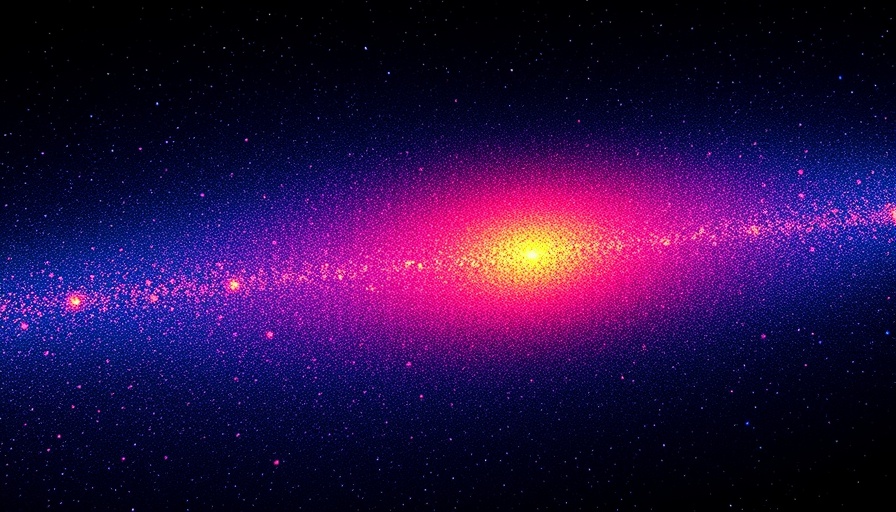
The Importance of Understanding Cosmic History
Bridging the gap between the cosmic microwave background (CMB) and the first galaxies is crucial for cosmology, as it opens a window into the universe’s formative years. For thousands of years, astronomers have pondered what the universe looked like shortly after the Big Bang—the point at which everything we know began. With advancements from the Atacama Cosmology Telescope (ACT), the fog surrounding these early cosmic epochs is beginning to lift, providing a 'baby picture' of the universe.
How ACT Is Changing the Game
The ACT, located in Chile, has measured light emitted when the universe was a mere 380,000 years old, providing unparalleled details about the cosmic structures that were just beginning to form. According to Suzanne Staggs, director of the ACT collaboration, these observations not only show distinct light patterns but also the polarizations of that light. This high-resolution data allows scientists to see the subtle variations in gas densities that contributed to the formation of galaxies, offering insights into the early steps towards creating stars.
Life Before Stars: The Primordial Plasma
Before we could see the first stars, the universe was veiled in a hot, dense medium known as primordial plasma. It wasn’t until the universe expanded and cooled sufficiently that light could travel freely, resulting in the cosmic microwave background that we observe today. This faint glow is an essential source of information, as it reflects conditions from when the universe transitioned from opacity to transparency. The ACT’s efforts have successfully measured this faint glow with a sense of precision that earlier telescopes, such as Planck, couldn’t match.
The Technology Behind the Breakthrough
Obtaining such fine detail required a unique approach. Mark Devlin, deputy director of the ACT, highlights the necessity of sophisticated equipment and meticulous precision. By utilizing highly sensitive detectors designed to capture millimeter-wavelength light over five years of exposure, the collaboration has gleaned significant data that pushes our understanding of cosmic formation.
The Broader Impact on Cosmology
The implications of the ACT’s findings extend beyond just the science of star formation; it reshapes our understanding of cosmology itself. Gaining insight into how galaxies formed helps illuminate many of the universe's mysteries, including its eventual fate. As scientists work to affirm these new measurements, we stand on the brink of potentially groundbreaking understandings about dark matter, the role of gravity in structure formation, and the ultimate destiny of our universe.
Relevance to Current Technology and Society
The exploration of the universe not only satisfies human curiosity about our origins but also pushes technological boundaries. The sensitive methods developed for observing the cosmic microwave background have broader applications, potentially impacting fields beyond astronomy, such as telecommunications and materials science.
What’s Next? Future Directions in Cosmology
As measurement techniques improve, the prospect of observing even more distant and earlier epochs becomes tantalizingly realistic. Future missions may delve even deeper into cosmic history, potentially uncovering new phenomena that challenge our current understanding of physics. Hence, staying tuned to developments in this field will enable us to understand not just our past, but also the future trajectory of cosmic exploration.
 Add Row
Add Row  Add
Add 




Write A Comment